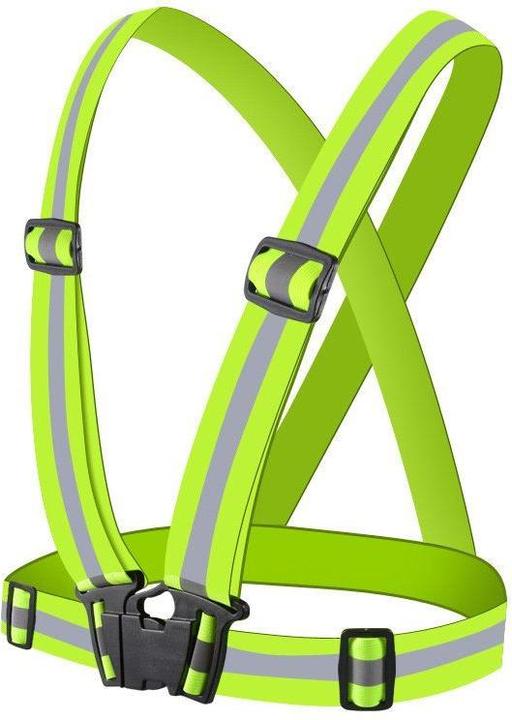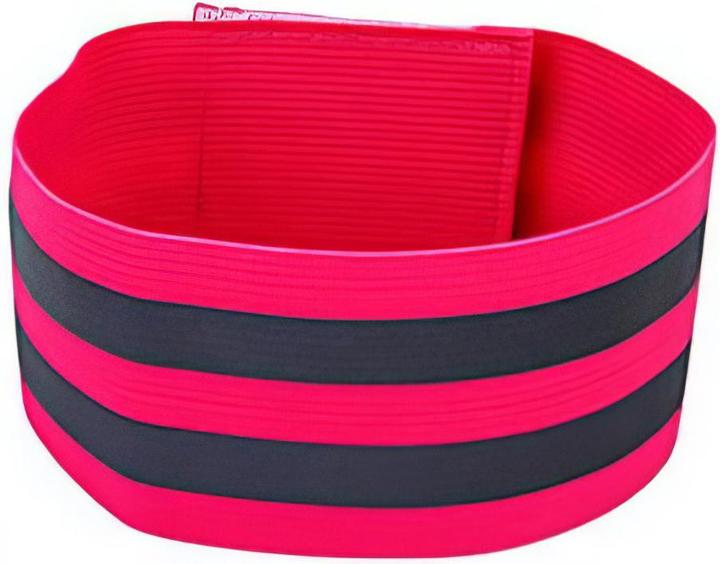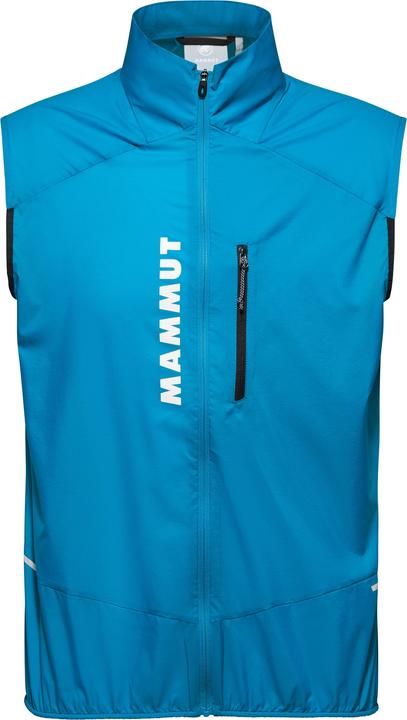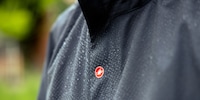

Protection against the wind: Mammut’s Aenergy running vest is impressive
The Aenergy TR WB Hybrid from Mammut has put an end to my search for a running vest. At least for now. Because it offers everything that’s important to me.
Autumn’s an ungrateful season for runners. On the one hand, I like the cooler weather. On the other, I now have to find the right clothing for every run. Long or short sleeves? Are shorts still OK, or do I need leggings?
There’s one garment I’ve been missing for a long time that would give me more flexibility: a lightweight running vest. That’s why I’m testing Mammut’s Aenergy TR WB Hybrid Vest. Incidentally, I’ll just call it a running vest in the rest of this text, even though its full name definitely sounds better and more expensive.
And, yes, let’s start with the price. Almost 120 francs for a running vest is a lot of money. In part, you’re paying for the logo of a renowned outdoor brand. But there are even better reasons.
Sustainable down to the last fibre
The Mammut running vest comes with no fewer than five labels that represent some form of sustainability, environmental friendliness and social responsibility.
- Bluesign: The sustainability standard places particular emphasis on chemical safety and avoids using harmful substances in textile manufacturing.
- PFC-free: Perfluorinated chemicals (PFCs) are often used to waterproof outdoor clothing and they don’t biodegrade naturally. Mammut doesn’t use PFCs, relying on more sustainable alternatives.
- 100 per cent CO₂ compensation: The emissions generated during the manufacturing process were removed from the air using Direct Air Capture and stored underground.
- Fair working conditions: The Fair Wear seal denotes fair and safe working conditions in textile factories. It’s backed by a non-profit organisation that works directly with factories, unions, NGOs and authorities to protect workers’ rights.
- Use of recycled material: The exact amount in the running vest isn’t specified. However, recycling is more environmentally-friendly than producing new materials.
It’s clear that all this drives up the price. Nevertheless, my running vest still has to prove itself on an everyday basis.

Ultra-lightweight
I wear a running vest when the autumn wind’s blowing and it’s around 10 degrees or below. When it’s just too cold for just a T-shirt. However, I often find that a running jacket with sleeves or a base layer are too much. A running vest also has the advantage that my arms don’t sweat because I only have one layer of fabric on them.
But I definitely don’t want my chest or back to get cold. That’s where the windproof Mammut vest comes in. At just 60 grammes, it’s so light that I hardly notice it, but am still protected from the autumn wind.
It’s interesting that on its own website, Mammut gives the Aenergy TR WB Hybrid Vest a rating of five on a six-point scale for both wind resistance and breathability. It’s quite the technical challenge to make a fabric that keeps wind out but allows water molecules to pass through in the opposite direction. In an initial test, I obviously sweated too much and pushed the breathability to its limits: both my running shirt and the vest were soaked.
On another, colder and windier day, the balance was right, or rather there was a big enough difference between the temperature close to my body and the outside air. This is what’s needed for breathability to work. It’s a bit like when you open the window after a shower in winter. The steam escapes immediately. If it’s too warm outside, it stays in the bathroom for longer.
Specifically, when the outside temperature was six degrees, I was able to avoid getting cold by wearing a running vest. And my sweat escaped, so everything stayed dry. It also helps that Mammut has installed a kind of ventilation panel on the back.
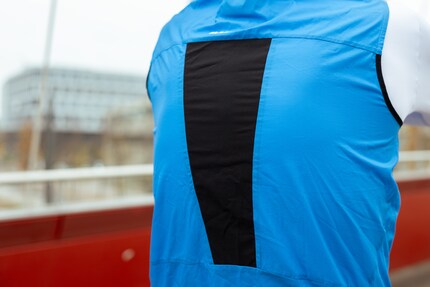
A close fit
I also like wearing the Aenergy vest because it’s cut a little tighter than other running vests. This means it’s not as bulky and I’m a bit more aerodynamic. (Not that it matters at my leisurely running pace…)
An elasticated hem and the stretch fabric insert on the back ensure a comfortable fit. This means I don’t have to worry about the fabric pulling when I step things up a bit on the fitness trail.
I find the higher collar very comfortable. It provides effective protection from cool breezes. Although the material is thin and light, it’s stable and doesn’t fall down.
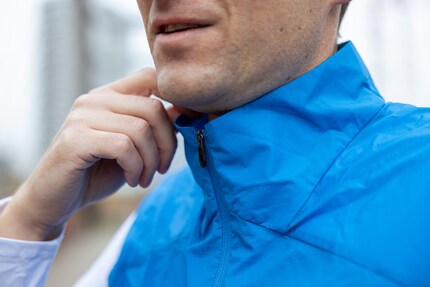
For safety, Mammut has also printed on some reflective elements. This helps a bit when running at dusk or in the dark, but there are other products that shine a little brighter or even actively glow. Take these, for example:
Pocket and bag in one
And then the Mammut running vest has another feature that my colleague Siri had to point out to me. The small chest pocket with a zip on the front isn’t just practical for storing a tissue or your front door key.
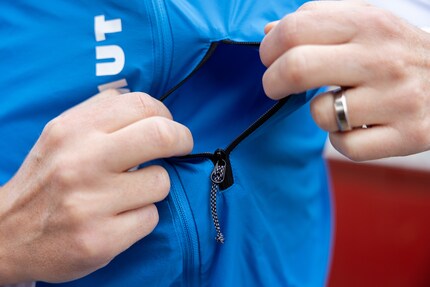
It’s also a bag that the whole vest fits into. You turn it inside out and stuff the vest inside. The result is a compact package of fabric you can pack in a backpack to take with you. Or, if you find that it’s too warm with the vest on during a run, you can make the Aenergy so small you can stuff it in your waistband.

In a nutshell
The perfect addition to my running wardrobe
Pro
- Sustainable production and materials
- Chest pocket, which also serves as storage
- High collar
- Effective protection from wind
- Very light
Contra
- Relatively high price
Journalist since 1997. Stopovers in Franconia (or the Franken region), Lake Constance, Obwalden, Nidwalden and Zurich. Father since 2014. Expert in editorial organisation and motivation. Focus on sustainability, home office tools, beautiful things for the home, creative toys and sports equipment.
